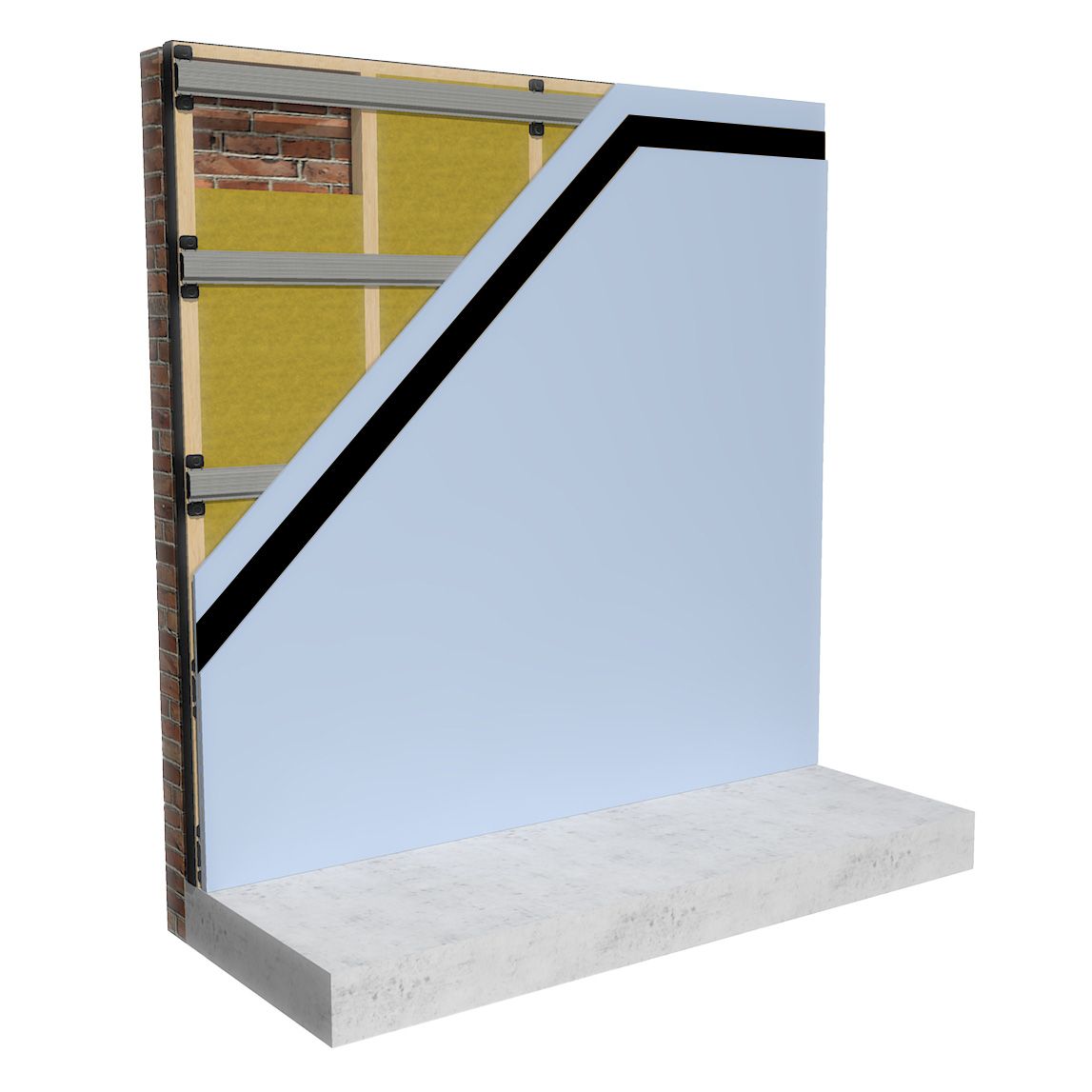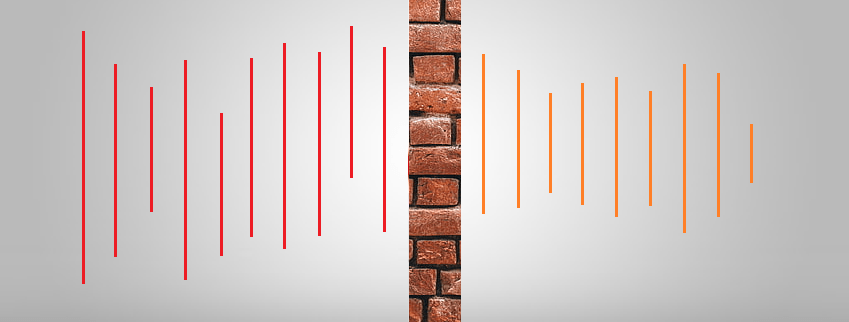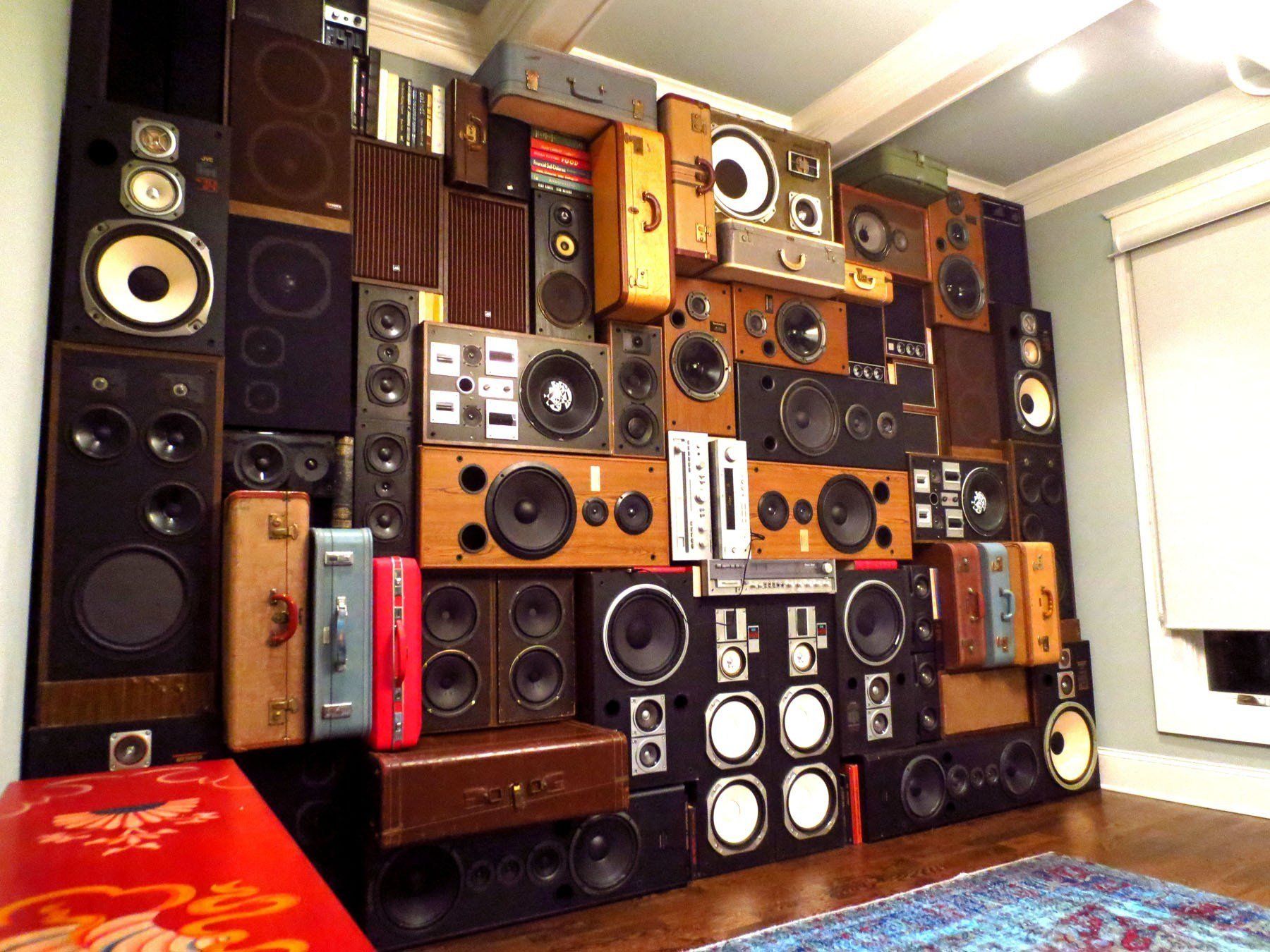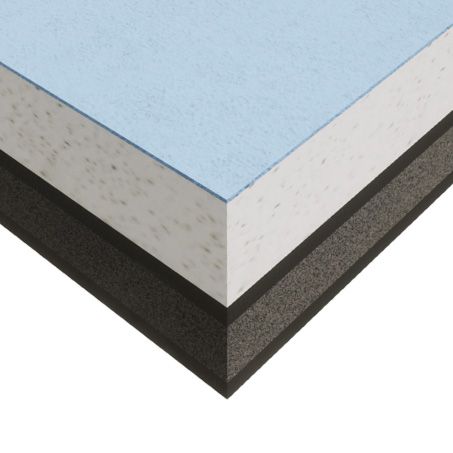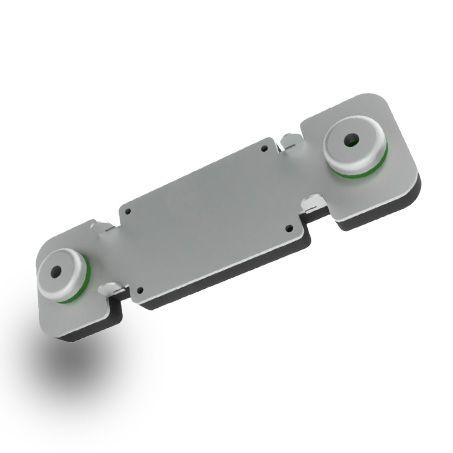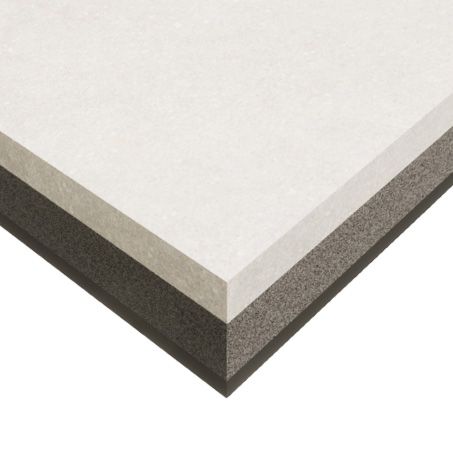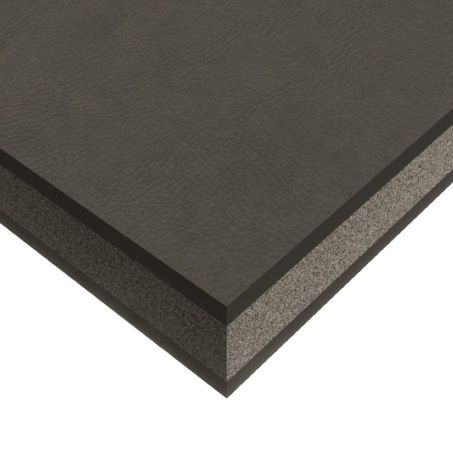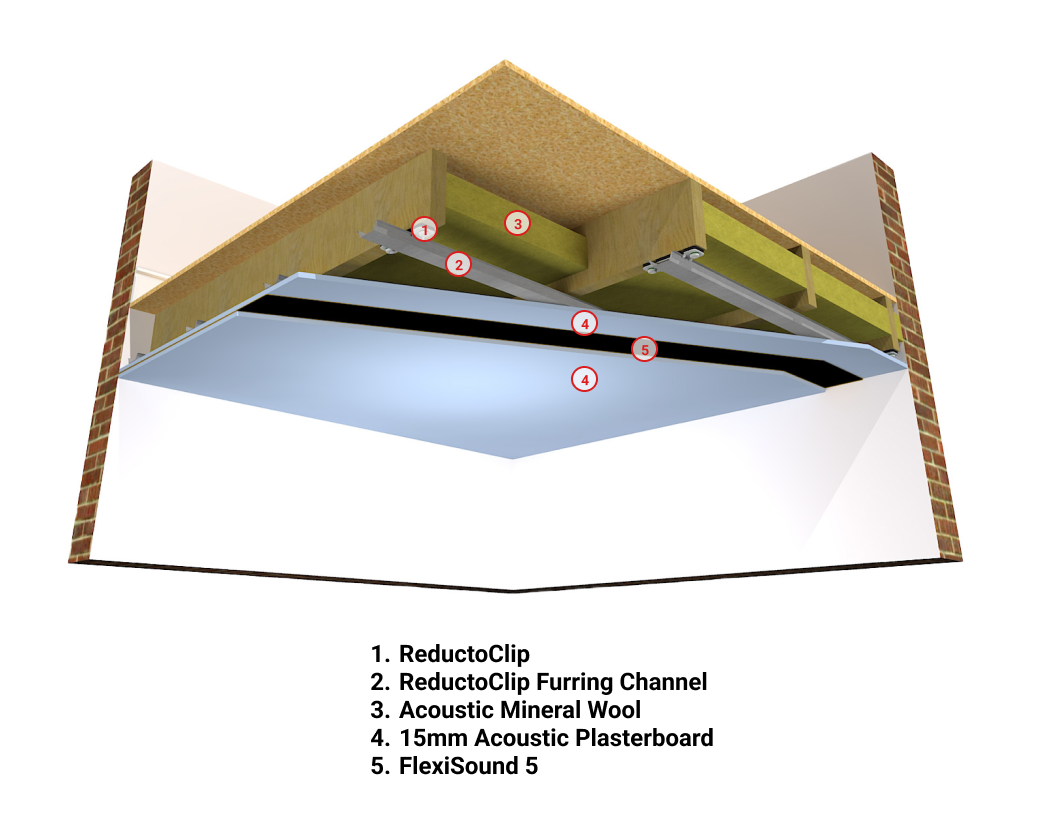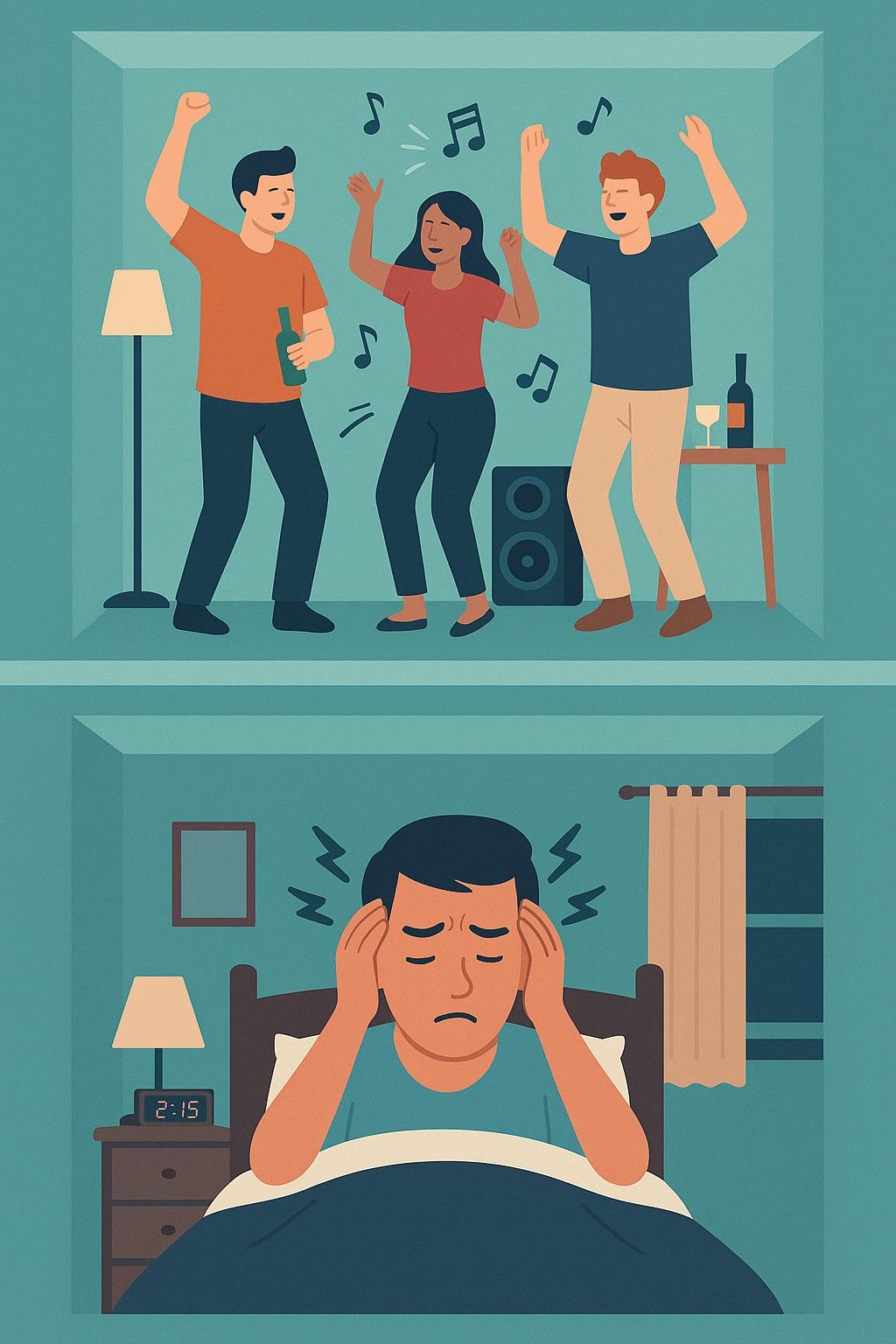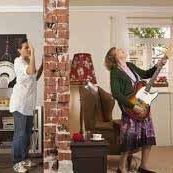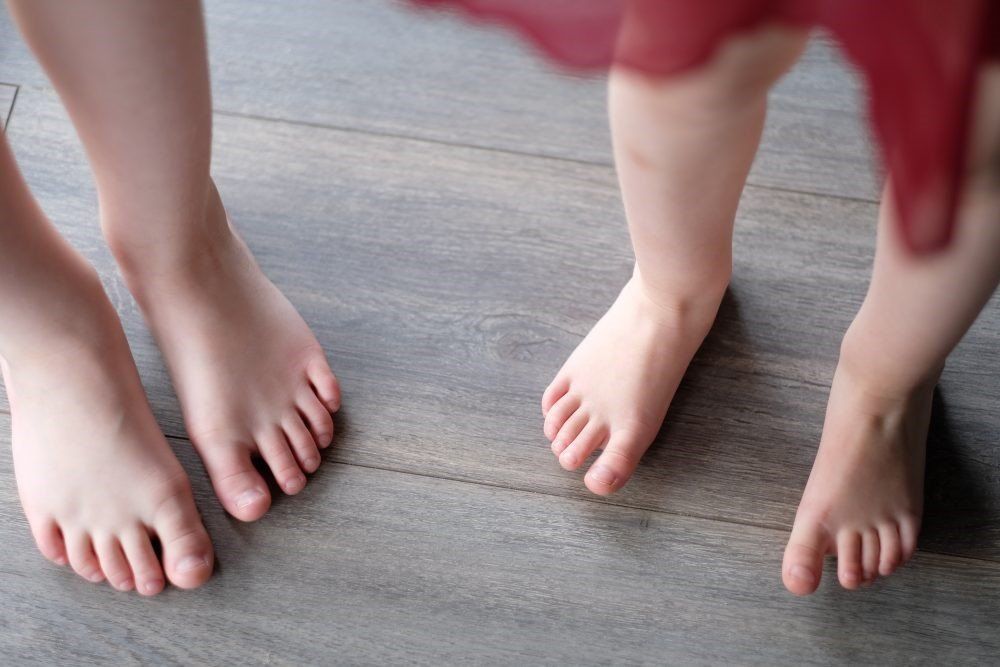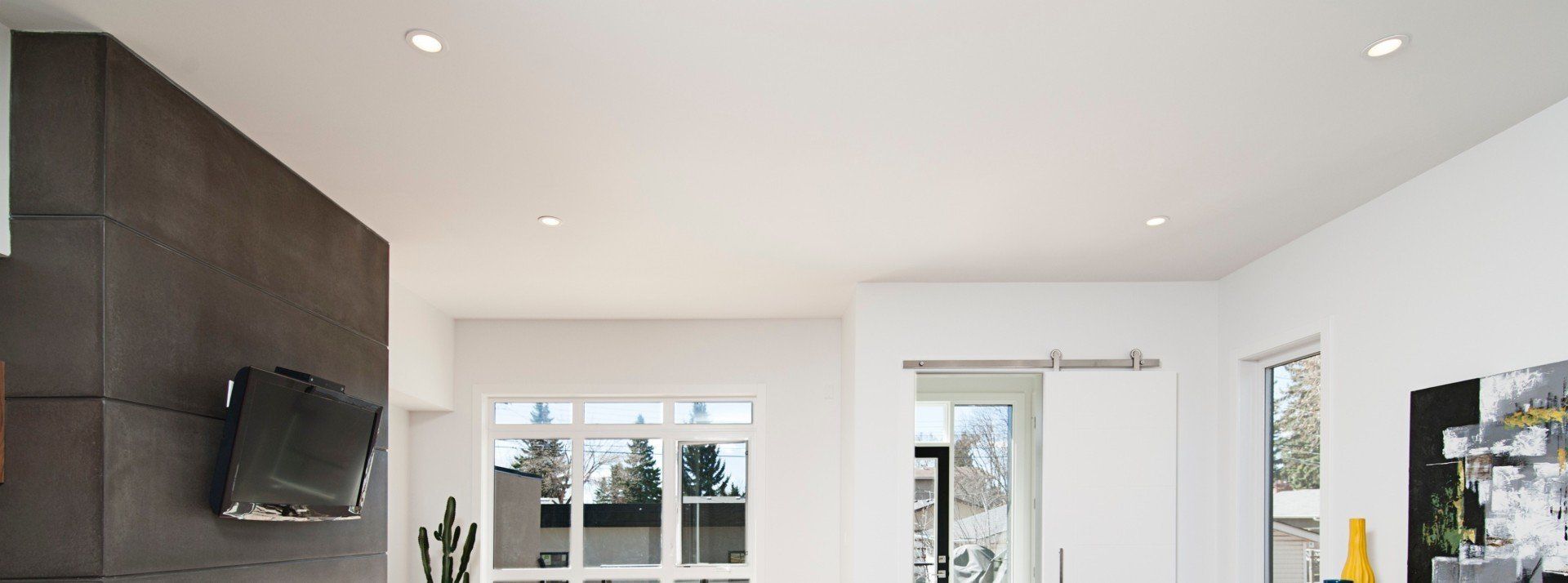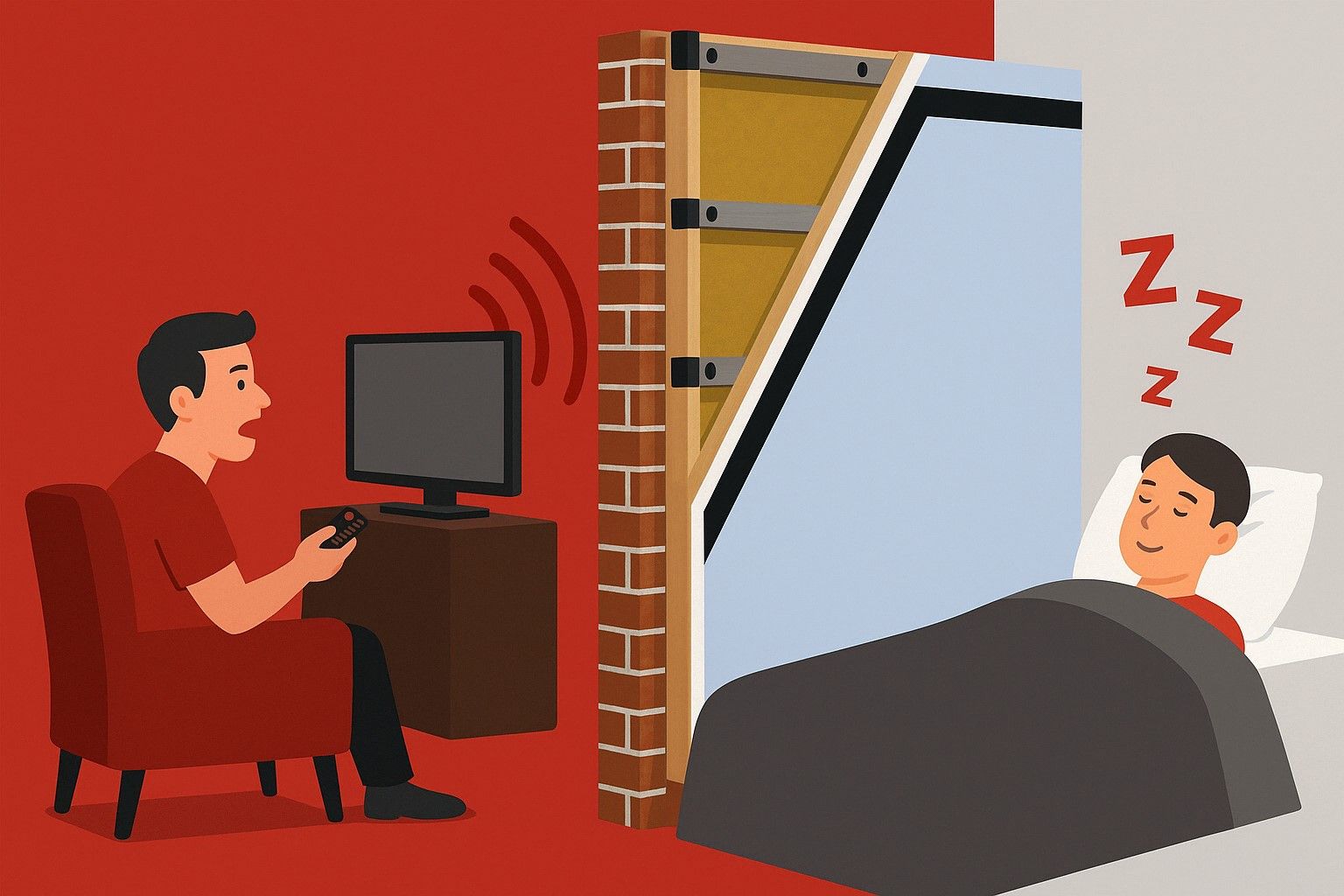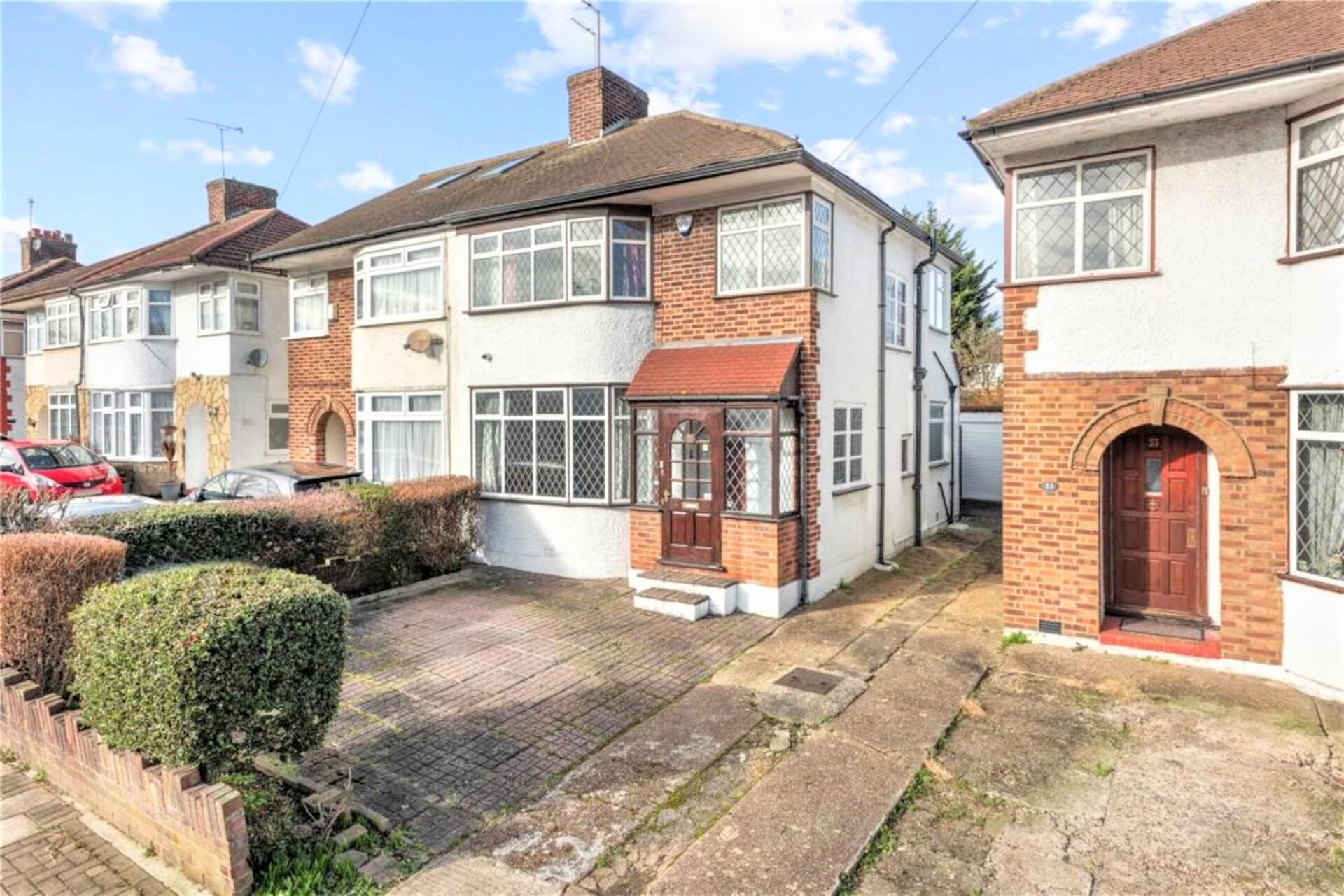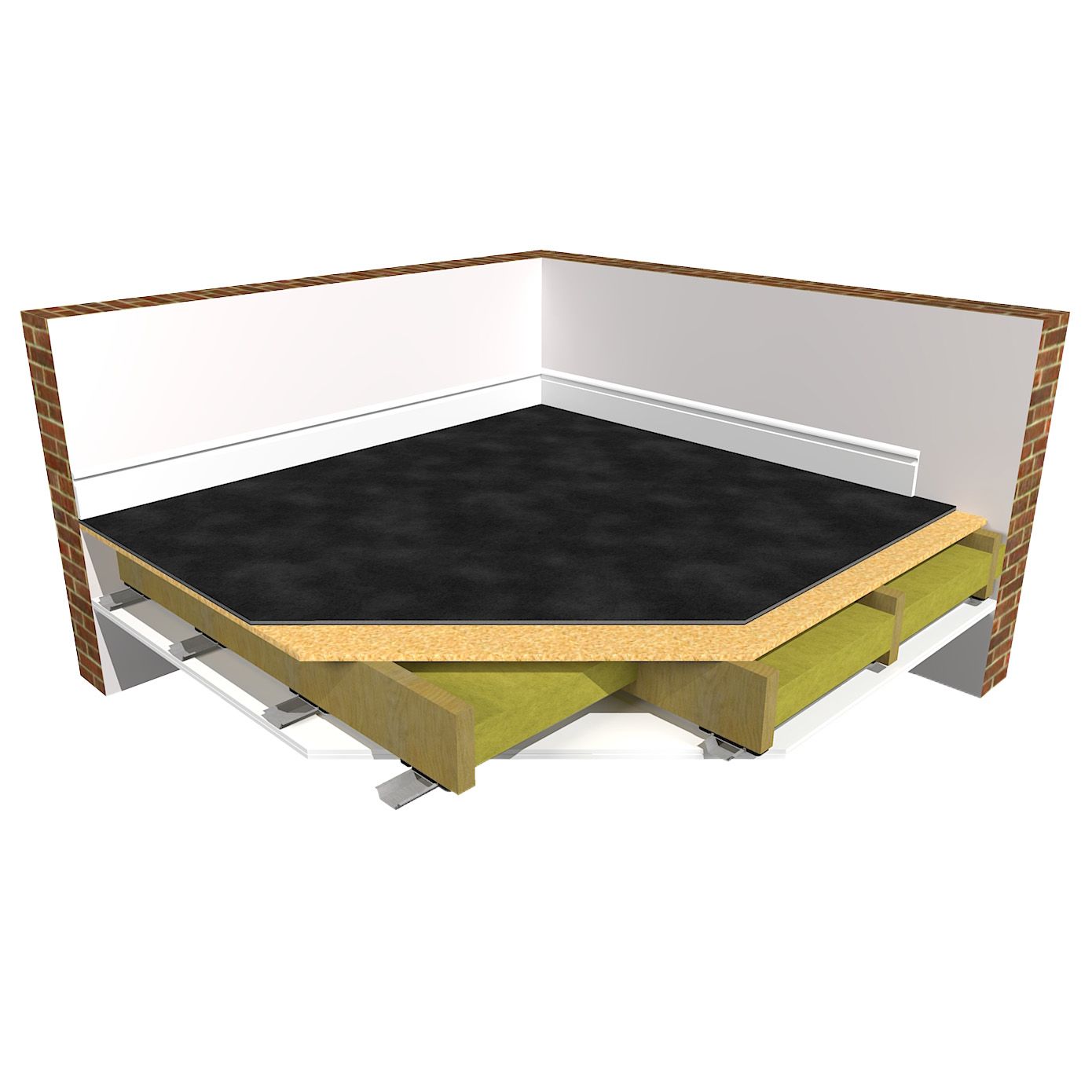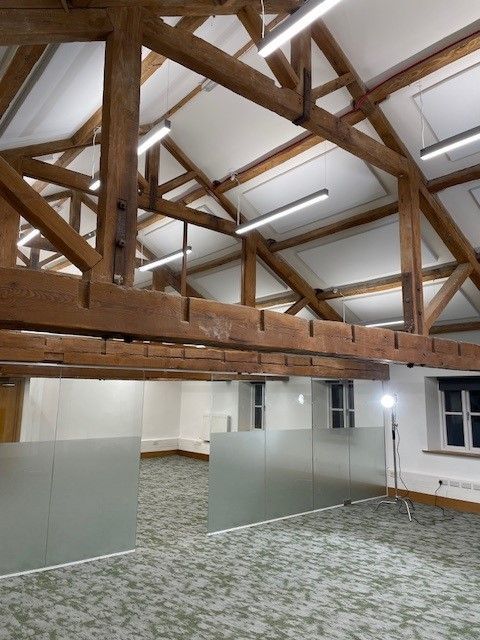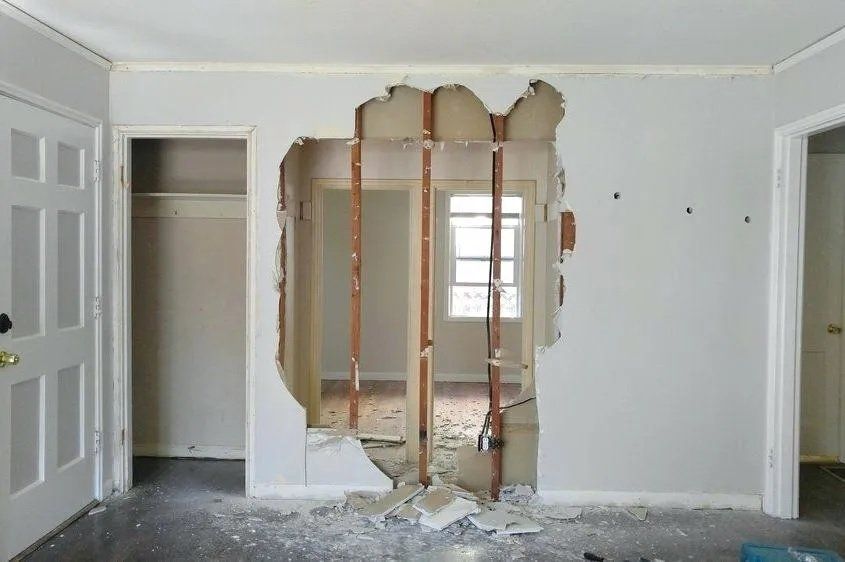What’s the difference between Impact and Airborne noise?
Airborne and Impact noise
Sound is broken down between airborne and impact noise.
Airborne noise is transmitted through the air and atmosphere and experienced through the likes of people talking, TV noise, dogs barking etc. When sound waves travel through the air and reach a building element they hit it and cause it to vibrate. These vibrations travel through the structure or building and are radiated out the other side albeit at a reduced volume.
Impact noise is the physical impact on buildings or solid materials. Examples being footfall, doorsbanging, walking and furniture moving. Impact sound occurs because the impact causes both sides of the building element to vibrate, generating sound waves. This can often be the hardest to isolate as impact vibrations are stronger and travel further through dense materials.
Most of us at some point will have experienced impact and airborne noise, or a combination of the two. Most commonly airborne and impact noise will be experienced via noisy neighbours in terraced houses or flats and in extreme cases, can make day-to-day living in your own home nothing short of a nightmare.
How to tell if you are affected by airborne or impact noise?
The simplest test for walls is to put your hand on the wall and if you can feel a vibration, then it's impact noise. If you can't feel a vibration but can still hear the noise, then it's airborne noise.
For ceilings you can normally tell by the type of noise such as foot steps, furniture being moved etc, which is impact noise. Music, TV's and people talking is airborne noise.
How does sound travel?
When sound waves come into contact with a solid material some sound is reflected back into the room, some sound is absorbed by the wall and finally the sound energy / vibration travels through the wall by vibrating it and then passes through to the other side.
Sound also travels by direct and in-direct means. An example of direct sound would be hearing your neighbours TV through the wall, no surprise the noise is travelling directly through the wall. When sound travels indirectly,think of it much like water, it will always find a path, often via indirect methods. Travelling around, under and over any obstacles in its path. Noise which reaches a room in this way is also referred to as flanking noise.
Indirect sound can be harder to treat, as sometimes it’s harder to define where the flanking sound is coming from. It could be the space between floorboards, or cavities in a wall you didn’t even know existed. The good news is, The Soundproofing Store offers expert advice and professional soundproofing solutions to combat Airborne, Impact and flanking noise.
How to soundproof against airborne noise?
Firstly, where is the noise coming from? Once this has been established it’s all about the best way to stop sound, which is having mass, an air gap and mass again. This ensures that the sound waves have a difficult time penetrating through that space and continuing into your home.
As an example, let’s look at a common problem with noisy neighbours. You can hear noise coming through the wall from your neighbour. You can hear their TV and muffled voices and the wall in your room is a solid wall.
You know the sound is airborne noise as the voices are coming directly through the wall. The soundproofing solution (as mentioned above) is all about adding mass and dampening materials or decoupling to prevent the sound energy passing through. This is achieved by adding different high mass/density products. This is important, as using different materials of high mass perform better for different sound frequencies so using a combination of high mass materials will always perform better than simply using more of the same material
The best products in this instance would be:
How to soundproof a wall against standard (airborne) household noise
Utilising 4 different soundproofing technologies laminated together (only 30mm thick) for easy installation. The SoundBoard 4 offers a good solution for standard household noise. e.g. clear voices and TV. However, the SoundBoard 4 isn't suitable for impact noise, bass sounds from music, deep voices, or snoring.
SoundBoard 4 passes Part E Building Regulations when applied to a brick or block wall and also passes Part E Building Regulations when added to a stud frame (as part of a system).
SoundBoard 4™ A Useful Overview
How to soundproof a wall against loud airborne and impact noise
If the noise levels being experienced are louder than muffled conversation and TV noise, then you would need a higher performing wall soundproofing system. For excessive levels of airborne noise, The ReductoClip™ Independent Stud Wall System offers the slimmest independent wall solution with the highest levels of soundproofing. (This system is also used when soundproofing music studios).
With this system you create a room within a room, which is isolated from the existing structure. This does mean a space loss of 120mm from the original wall.
Many people in domestic properties don't want to lose 120mm from their walls, so often opt for the ReductoClip™ Direct to Wall System, which doesn't include a separate independent stud frame. This direct to wall soundproofing system still offers a very high level of soundproofing against airborne noise and noisy neighbours, with a space loss of only 60mm from the original walls.
A useful overview of the high performing ReductoClip™ System
Excessive airborne noise wall soundproofing using the ReductoClip™ Independent Stud Wall System
How to install the ReductoClip Independent Wall System
Loud levels of airborne noise soundproofing with the ReductoClip™ Direct to Wall System
How to install the ReductoClip Direct to Wall System
How to soundproof against impact noise on the floor above?
Firstly establish where the noise is coming from. Once this has been ascertained, it is now about dampening the vibration and absorbing at source, before it can enter the structure or decoupling the structure from the vibration. (Think either covering the floor with bubble wrap or building a new floor above your existing floor with an air gap in between).
Let’s say you live in a flat and can hear a large amount of noise in the form of footsteps coming from the floor above. It’s always important to establish where the noise is coming from and treat it at the source if possible. Therefore, if you had access to your neighbours floor this would be ideal.
The best products in this instance would be:
Floor soundproofing solutions for impact and airborne noise
Ideal for loud levels of impact noise, (such as footsteps) and loud levels of airborne noise (such as conversation and TV noise).
At 18mm thick, the ProSound Reverso SoundMat 3 Plus offers the industry's highest performing reversible soundproofing mat with a mass of 17.50kg per m2.
The unique nature of the Reverso SoundMat is that it can be used for any soft or hard floor finish, without the need of an over boarding layer for hard floor finishes.
Reverso SoundMat™ for Airborne and Impact Noise - No overboarding required for most hard final floor finishes
SoundMat™ 3 Plus for Airborne and Impact Noise - Ideal for Carpet Finishes, or Hard Floor Finishes (with overboarding)
Ideal for loud levels of impact noise, (such as footsteps) and loud levels of airborne noise (such as conversation and TV noise).
At just 15mm thick, the ProSound SoundMat 3 Plus offers the industry's highest performing soundproofing mat with a mass of 16kg per m2.
Soundproofing a floor with SoundMat 3 Plus
How to soundproof against impact noise on the ceiling below?
With the same scenario as above, but without having access to source, i.e. your neighbours floor above, then the best solution is to create a suspended ceiling below the actual ceiling on specialist anti vibration hangers and furring bars. The best product in this instance would be:
Our highest performing ReductoClip ceiling soundproofing system (only 60mm loss of space). Offering the highest performing soundproofing system within the industry. Designed to reduce sound transmission and vibrations through walls and ceilings. Offering higher dB levels than standard resilient bars.
How to combat flanking noise?
The solutionwhere possible, is to use
acoustic mineral wool in any voids between joists and fill any gaps with an
acoustic sealant .
One of the most common instances of flanking occurs when hardwood floors directly touch walls. Vibrations can travel from the floor and through the wall. This can be rectified by leaving a gap between the floor and wall and using a perimeter edging strip .
Does soundproofing against impact and airborne noise work?
Absolutely, yes it does, however it’s also important to have realistic expectations. Soundproofing is a widely used term. However - the reality is, that for a room to be completely ‘soundproof’ and blocking all airborne, impact and flanking noise, you would essentially be creating a room, within a room, within a room. For it to be completely soundproof, you would be creating an uninhabitable, airtight container!
Time to create your quiet space?
To learn more about how our market leading soundproofing products can provide a solution to airborne and/or impact noise problems, visit The Soundproofing Store or use the contact details below.
Share
"We don’t expect you to become an overnight expert in soundproofing, that’s what we’re here for."
